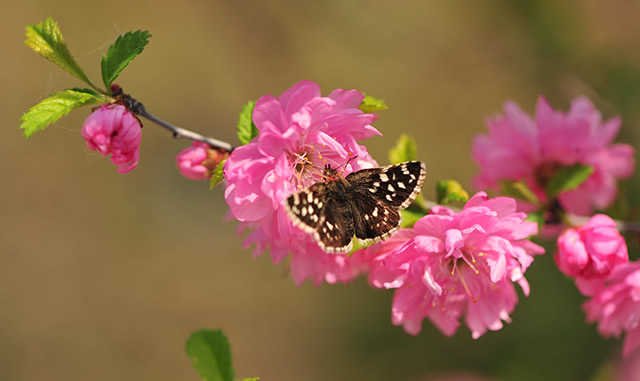How do the Dutch iron breeding methods and precautions be raised?
1. Method of the Dutch iron
1. Soil: The iron potted plants in the Netherlands usually use garden soil, corrupt leaf soil, and river sand as potting soil. After mixing the three as a ratio of 1: 1: 1, add an appropriate amount of Organic fertilizer and put them in the sun.The sun can avoid insect eggs and germs in the soil, which is very helpful for the healthy growth of the plants.
2. Light: The growth of the Dutch iron is inseparable from sufficient light. In addition to the proper shade in the summer season, it must be placed under the sun at other times to allow it to be light all day.In addition, the plant also has a certain amount of negativeness. It can also grow in the semi -yin to receive scattered light. As long as it is not too dark, there is no problem.

3. Watering: The Dutch iron is more moist. During its growth, it must be watered frequently to keep the soil moist.However, we must avoid accumulating water. If you water too much, you need to discharge excess water to avoid affecting the breathing of the root.In addition, you can spray water appropriately to improve the environmental humidity.
4. Fertilization: Dutch iron requires a certain amount of nutrients in its growth season. Usually it must be supplemented with liquid Fertilizer twice a month. The Fertilizers must be thin. If thick Fertilizer is applied, it is easy to cause rotten roots.In this case, you can only get rid of the basin. After trimming the rotten roots, re -plant, wait for the plant to slowly recover and grow.
2. precautions for the breeding of the Dutch iron
1. winter warmth
Although the Dutch iron is negative, it also needs to keep warm in winter. Usually the Dutch iron is below 0 C, and its branches and leaves will gradually age yellow.Can be covered with a plastic film, maintain the temperature above 2 C, and unveil the film breathable every morning to make it better.
2. Pests and insect prevention
If the temperature of the Dutch iron grows is too high, it will easily suffer from leaf spots and other diseases, which will be harmful to diseases and insects. At this timePharmacy such as Tapintin, Kang Dan Dan.
3. Cutting breeding method of Dutch iron
Every time you give the Dutch iron cuttings, you should choose a branch of 10 to 30cm from the upper end of the plant during the growth period. Do not handle the branches and leaves.In the soil, pour water once a month and wait for one month to take root.

